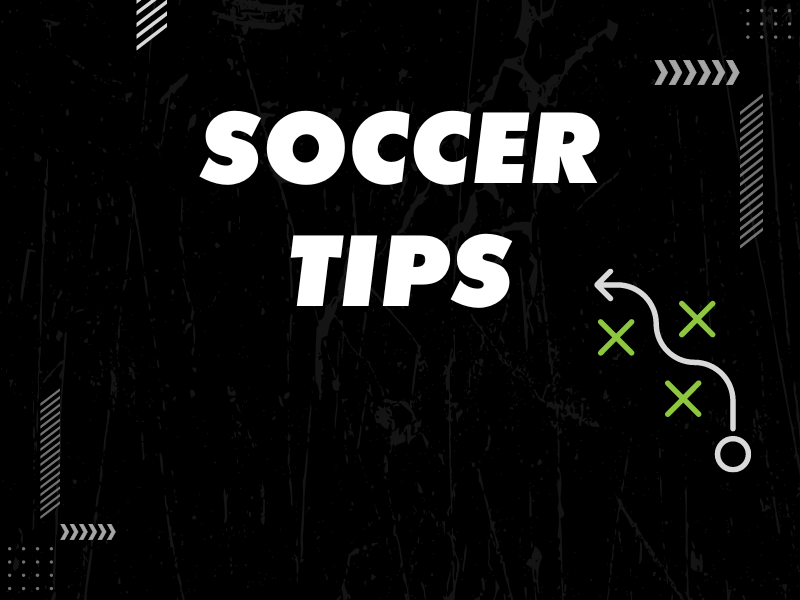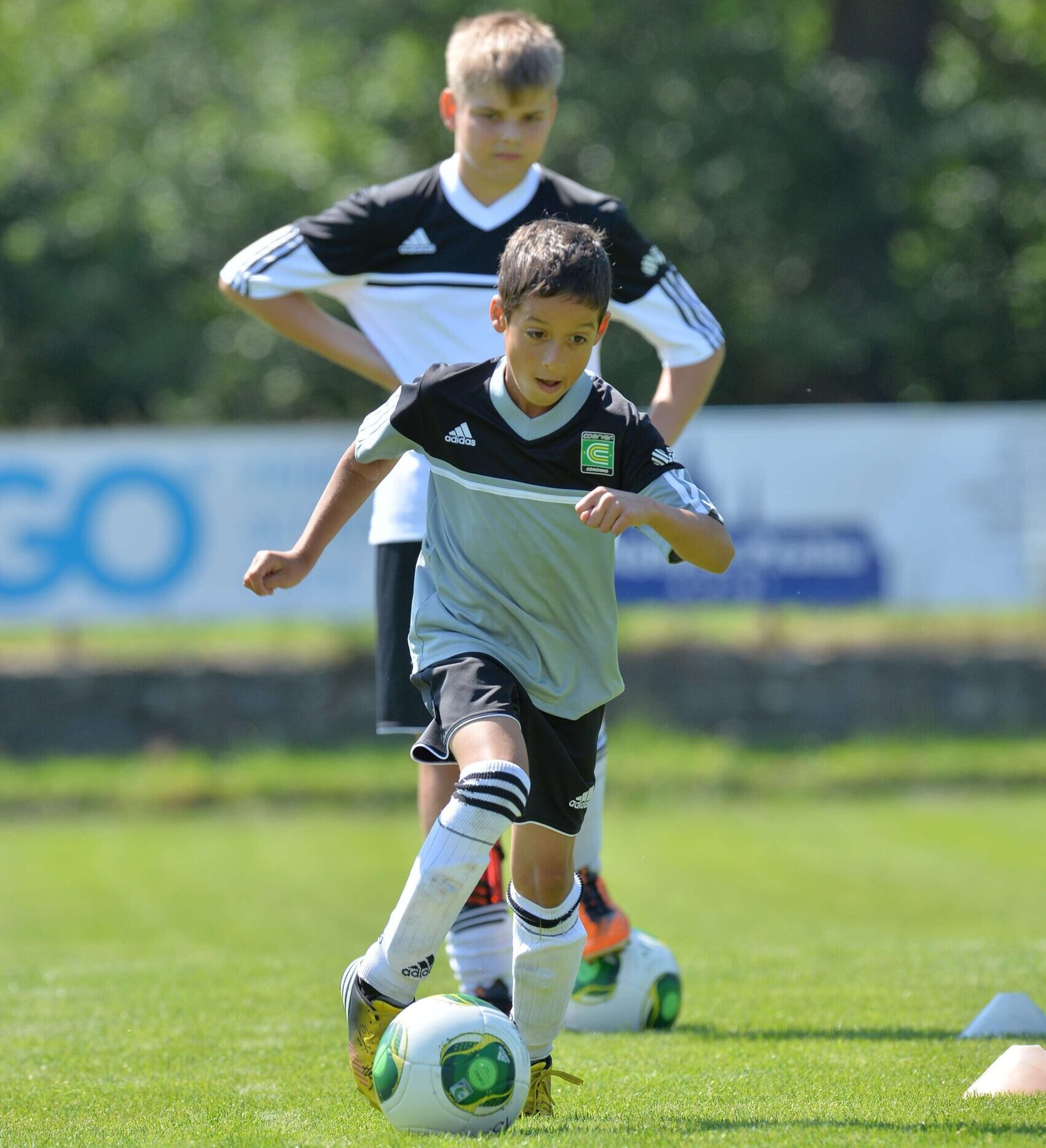Soccer weight lifting: An increasing number of soccer players are lifting weights nowadays to prevent injuries and build up strength. But you must remember to avoid bulky muscles that could possibly get in the way. The last thing you need is to be slowed down on the soccer field. The idea for soccer players who are lifting weights, is to gain strength without losing speed or agility.
For example, Robinho is slim and seemingly light as a feather, but he’s actually quite wiry, quick, powerful and strong. In other words, a soccer player’s physique is not bulky yet it’s not slim. It’s sleek but sturdy, usually dependent upon role and position.
NEW: The Strongest Man in All of Soccer: Adama Traoré
This is where weight lifting can help you get a similar body and round out your soccer training with a more strength-oriented routine. But it’s not wise to jump right into weight training. You should first consult a trainer or coach to see what kind of regimen he or she recommends. Then, take it from there.
But the best way to get adjusted to the type of stress that lifting weights involves is to start off with circuit training. Circuit training is when you build a core set of muscles on a group of machines laid out in a circuit. This type of weight training is designed to emphasize all the major muscle groups in a relatively short amount of time. There are several types of machines for different muscles, and there are even several kinds of machines for a single muscle. Try them all to see which one works for you. If you don’t feel comfortable with a certain machine, don’t use it.
Soccer Weight Lifting Tip: Sometimes machines will be grouped according to the muscles they emphasize, or to a particular circuit your gym recommends. Other times, the machines will be numbered or even color coded to indicate which muscles they work. Investigate how your gym organizes its machines.
If you feel comfortable enough with the machines, then you can choose to incorporate free weights into your workout. But be careful. These weights don’t move along a predetermined path like they do in the machines. Instead, there is much more stress on your muscles because they must do all the movements, and that includes holding the weights before and after each set. The greatest benefit to free weights, though, is that they allow for a greater range of movement, which means you can develop strength all over rather than in an isolated spot. Give them a try and see how you like them.
Whether you do free weights, machines, or a mix of the two, it’s always best to rotate between muscles, usually two at a time so that you emphasize just two muscle groups at once. You don’t want to stress your body too much. The general guideline is to work one muscle, then to work its opposite. For example, if you want to build arm strength, work biceps and then move on to triceps. Keep in mind, though, that each muscle is used to perform other exercises. For instance, triceps are instrumental when working the chest, but because the chest is the primary muscle being worked, you’ll want to work the triceps on another day. You don’t want to compromise your bench performance because you maximized your triceps and are now sore!
Consistency is Key : It’s important to maintain a constant weight-lifting routine in order to continue strength development. Don’t skip a day or slack off. Just like a Roger Spry drill, momentum is the key here.
When you go to the gym, you must remember to practice proper gym etiquette. It’s simple: just be courteous to everyone else. For example, don’t make loud grunts or slam the weights around. If someone wants to use the machine you’re using, “work in” with him, which means the two of you take turns. If there’s someone using the machine you need, ask to work in. Or better yet, do some sit-ups or balancing exercises on the side while he finishes his set. This way, you keep moving and get a good workout in a short amount of time.
The benefits of weight lifting are vast and extend beyond physical strength. Weight lifting gives you a boost of opiate-like chemicals called endorphins. These surge all over the body and put you into a good mood. Also, levels of the nerve chemical serotonin rise during strenuous activity and contribute further to your positive mood.
The release of such chemicals is the body’s reaction to extreme stress. It’s basically a built-in mechanism to deal with physical stress! And the more you adjust your body to weight lifting, the less likely it is to actually feel stressed when you’re faced with other forms of physically demanding activities. Your body will be prepared for what’s coming. Which brings us to the next point…
Injury prevention! Weight lifting will strengthen the muscles and prepare the body for stress that could otherwise injure a frailer physique. For example, toughening up those muscles will definitely protect your bones from a nasty fall on the field. Also, joints become stronger and more agile, which in turn increases your leverage and range of motion. All this means that when weight training (paired with stretching, as described earlier) your body will be solid, sturdy, swift, and overall better prepared for the wide range of physical stresses that soccer imposes.
WARNING! Always maintain proper form while doing any kind of weight lifting. Just the slightest arch in your back during a squat can hospitalize you. If you’re not sure how to properly perform an exercise, ASK! Fellow gym-goers are almost always willing to share their knowledge with you. Remember: everyone’s a teacher. And as a soccer player, spending time with the ball at your foot is the best way to improve!
Learn more: Who Needs a Gym Membership?
Soccer weight lifting for keepers: Goalkeeper Specific Weight Training















